10 Servers With AMD EPYC Milan-X New Server CPUs
From Dell Technologies and Hewlett Packard Enterprise to Atos and Supermicro, here are 10 servers that support AMD’s new third-generation AMD EPYC processor with AMD 3-D V-Cache technology.
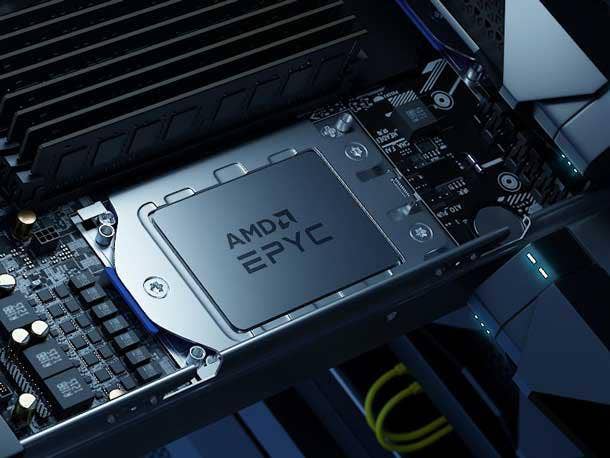
10 Servers Now Using AMD’s New EPYC With 3-D V-Cache
AMD launched the world’s first data center CPU this week using 3-D die stacking with its new third-generation AMD EPYC processor with AMD 3-D V-Cache technology, code-named Milan-X.
Milan-X is based on AMD’s EPYC 3 platform and is the company’s first server processor to use vertically stacked static RAM directly on top of the processor die. This strategy allows AMD to pack 768 MB of level-three (L3) cache into its CPUs.
“Building upon our momentum in the data center as well as our history of industry firsts, third-gen AMD EPYC processors with AMD 3-D V-Cache technology showcase our leadership design and packaging technology enabling us to offer the industry’s first workload-tailored server processor with 3-D die stacking technology,” said Dan McNamara, senior vice president and general manager of AMD’s Server Business Unit, in a statement.
AMD’s new EPYC processor capabilities enable customers to deploy fewer servers and reduce power consumption in the data center to help lower total cost of ownership and reduce carbon footprint.
AMD Milan-X is available in 16-, 32- and 64-core SKUs as a drop-in replacement for existing server platforms as well as for OEM partners like Dell Technologies, Cisco Systems and Hewlett Packard Enterprise.
The Santa Clara, Calif.-based company said its new processors with AMD 3-D V-Cache technology offer breakthrough performance for mission-critical technical computing workloads, leading to better-
designed products and faster time to market. The 3-D V-Cache bonds the AMD Zen23 core to the cache module, increasing the among of L3 while minimizing latency and increasing throughout.
AMD’s new processors with 3-D V-Cache technology feature the industry’s largest L3 cache, providing the same socket, software and compatibility and security features as third-gen EPYC CPUs, while at the same time offering top performance for computing workloads such as finite element analysis (FEA), electronic design automation (EDA), computational fluid dynamics (CFD) and structural analysis.
The new third-gen AMD EPYC processors with AMD 3-D V-Cache technology are now generally available today on servers from Atos, Cisco, Dell Technologies, Gigabyte, HPE, Lenovo, QCT and Supermicro.
CRN breaks down the server hardware products that are now using the new third-gen AMD EPYC processor with AMD 3-D V-Cache technology, formerly known as Milan-X.
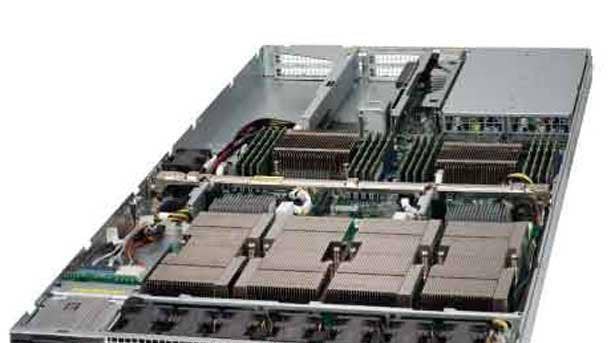
Atos BullSequana X400 Servers
Atos, an $11 billion France-based IT services and product powerhouse, is supporting the third-gen AMD EPYC processors with AMD 3D V-Cache processors for its Atos BullSequana X400 servers.
Atos BullSequana X400 series is a comprehensive family of rack-mounted servers designed for high-performance computing (HPC) and offering an optimum balance between cost and performance.
BullSequana X440 Compute nodes are perfectly sized to deliver the level of performance required by complex HPC workloads. Their density makes it possible to minimize the footprint, significantly reduce real estate or rental costs, and improve energy efficiency. Storage on multiple hard disks allows data redundancy and performance improvement.
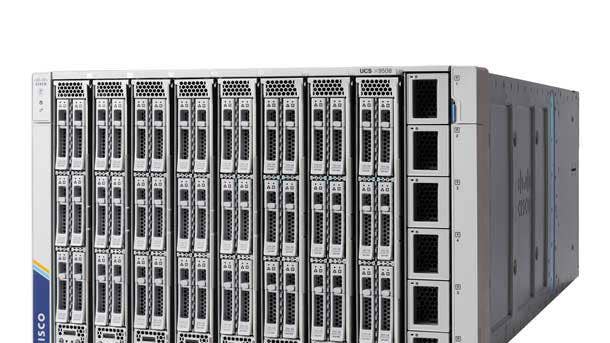
Cisco UCS Servers
Cisco will support third-gen AMD EPYC processors with AMD -e technology on its flagship Cisco Unified Computing Systems (UCS) family of servers.
The San Jose, Calif.-based networking giant’s UCS family includes a slew of rack and blade servers injected with UCS management software. Cisco UCS combines industry-standard servers, networking and storage access into a single unified system.
Cisco Intersight provides the benefits of Software-as-a-Service (SaaS) management and proactive support for Cisco UCS.
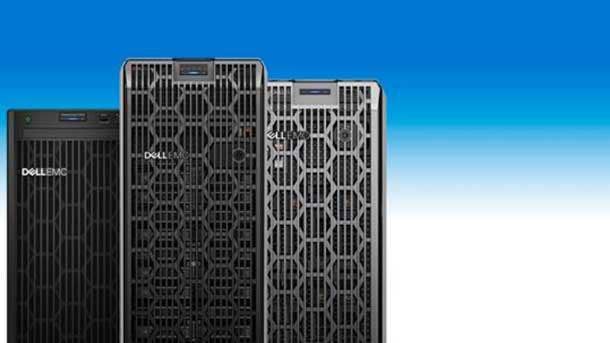
Dell Technologies PowerEdge Servers
Dell Technologies’ PowerEdge servers are supporting the new third-gen AMD EPYC processors with AMD 3-D V-Cache technology.
By tripling the L3 cache to 768 MB and optimizing data latency, PowerEdge with AMD EPYC 7003 Series processors with AMD 3-D V-Cache can improve HPC performance, specifically for technical computing, said Roger Stewart, senior product marketing manager for Dell’s PowerEdge business.
Technical workloads running on third-gen AMD EPYC processors with AMD 3-D V-Cache technology can see performance increases of a max 61 percent for CFD on Ansys CFX and up to 56 percent max for FEA on Altair Radioss compared to AMD EPYC 7003 processors without 3D V-Cache,” said Stewart in a blog post. “Keeping the data close to the processor is also important for workloads such as SAP.”
The increased L3 cache also supports digital manufacturing workloads by improving memory latency and bandwidth. Because the amount of L3 cache is tripling compared with AMD EPYC processors without 3-D V-Cache, applications that require high memory bandwidth can benefit significantly.
“Customers wanting to hit the sweet spot between performance, power and cooling and licensing costs will be excited about our one-socket options (R6515 and R7515) paired with the 32- and 64-core processors,” said Stewart. “The complete stack of third-gen AMD EPYC processors with AMD 3-D V-Cache technology are great for the two-socket platforms.”
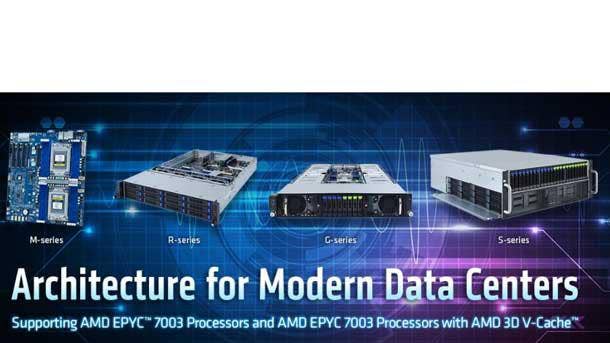
20 Gigabyte Enterprise Products, Including Four New Products
Gigabyte already has over 20 enterprise products validated to support AMD EPYC 7003 processors with AMD 3-D V-cache technology.
Gigabyte also unveiled four products this week that are validated for the new AMD processors. The new product stack will have SKUs for 16--, 24, 32- and 64-core processors, and all of them have 768 MB of L3 cache.
Gigabyte’s new S472-Z30 storage server delivers options for mixed storage protocols and form factors. The server supports AMD EPYC 7003 with and without AMD 3-D V-cache.
Swapping for a larger capacity power supply and adding redundancy, the new E152-ZE1 5G/edge server supports up to a 240W processor.
Delivering a storage-dense 1U server with up to 12 drive bays for NVMe SSDs, Gigabyte’s new R162-ZA2 can support up to 280W processors.
Featuring dual sockets for AMD EPYC 7003 processors with AMD 3D V-cache or standard AMD EPYC 7003 processors, the stand-alone motherboard, MZ72-HB2, also incorporates the new generation of BMC ASPEED AST2600.
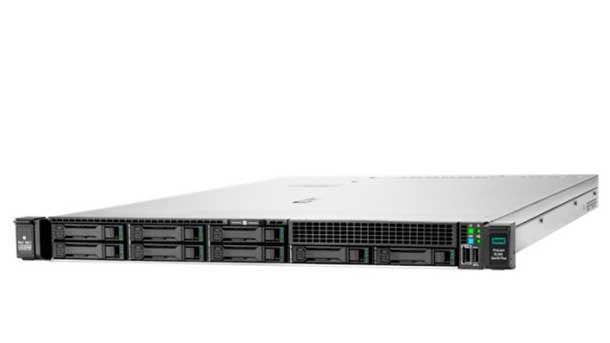
HPE ProLiant
HPE is further advancing capabilities for CAE and EDA workloads by offering the HPE ProLiant Gen10 Plus servers with third-gen AMD EPYC processors with AMD 3-D V-Cache technology.
HPE said its ProLiant servers with AMD’s new processors with 3-D V-Cache meet any needs for performance and flexibility, while also boosting productivity and enhancing security. Raising the bar for breakthrough performance on targeted compute-intensive workloads, the performance uplift is delivered with no application software changes, HPE said.
AMD EPYC 7003 Series processors with 3-D V-Cache use the industry’s first logic stacking based on a copper-to-copper hybrid bonding “bumpless” chip-on-wafer process. This next-generation process enables more than 200X the interconnect densities compared with on-package 2-D chiplet interconnects, and more than 15X the interconnect densities of other 3-D technologies using solder bumps—which translate to lower latency, up to 2 TBps of high-speed bandwidth, and greater power and thermal efficiencies, HPE said.
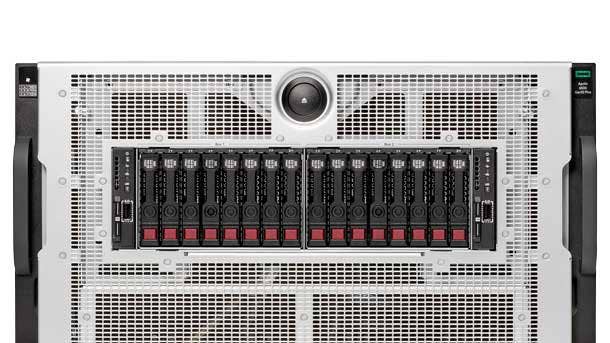
HPE Apollo Gen10 Plus
In addition to HPE ProLiant servers, the company’s HPE Apollo Gen10 Plus systems includes the third-gen AMD EPYC processors with AMD 3-D V-Cache technology to optimize performance and efficiency for simulations and accelerate time-to-market for products.
Designed to accelerate critical product design and technical computing workloads, the HPE and AMD solution vertically stacks the cache using AMD’s 3-D chiplet architecture—offering up to 768 MB of L3 cache per socket, while providing socket compatibility with existing AMD EPYC 7003 platforms.
HPE customers can upgrade their existing Gen10 Plus servers with AMD EPYC 7003 Series processors with 3-D V-Cache to receive a wide range of performance and productivity benefits, including up to 66 percent on EDA and 38 percent on CFD.
With HPE ProLiant and Apollo Gen10 Plus servers powered by AMD EPYC 7003 Series processors with 3-D V-Cache, customers receive 3X the amount of available L3 cache—up to 768 MB per socket—compared with standard EPYC 7003 CPUs.
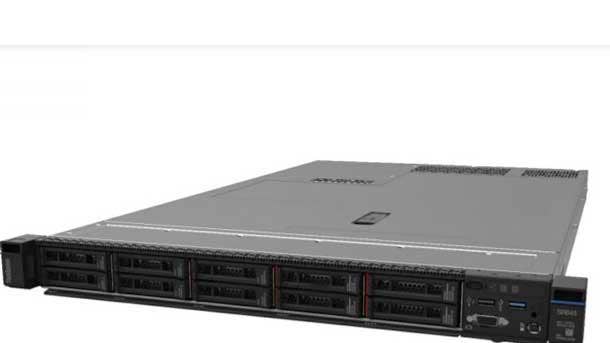
Lenovo ThinkSystem SR645
Lenovo is offering the third-gen AMD EPYC processors with AMD 3-D V-Cache on its ThinkSystem SR645.
The Lenovo ThinkSystem SR645 is a two-socket 1U server that features AMD’s families of processors. With up to 64 cores per processor and support for the new PCIe 4.0 standard for I/O, the SR645 offers the ultimate in two-socket server performance in a space-saving 1U form factor.
The server is ideal for dense workloads that can take advantage of GPU processing and high-performance NVMe drives. Lenovo ThinkSystem SR645’s biggest use cases are around HPC, database, virtualization and virtual desktop infrastructure (VDI).
The SR645 server offers onboard NVMe PCIe ports that allow direct connections to 12X NVMe SSDs, which frees up PCIe slots and helps lower NVMe solution acquisition costs.
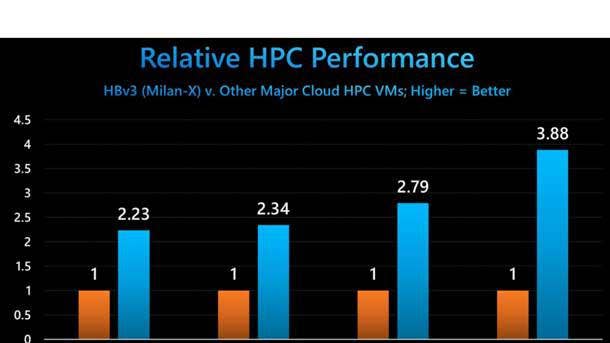
Microsoft Azure HBv3 VMs
Microsoft Azure HBv3 virtual machines (VMs) have now been fully upgraded to third-gen AMD EPYC with AMD 3-D V-Cache technology.
According to Microsoft, HBv3 VMs are the fastest-adopted addition to the Azure HPC platform ever and have seen performance gains of up to 80 percent in key HPC workloads from the addition of AMD 3D V-Cache compared with the previous HBv3 series VMs.
Microsoft said the two companies share a vision for a new era of high-performance computing in the cloud.
Based on testing of a broad array of customer HPC workloads against the best publicly demonstrated performance from other major cloud providers, Azure HBv3-series VMs with third-gen AMD EPYC processors with AMD 3-D V-Cache and InfiniBand from Nvidia Networking deliver two to nearly four times higher performance, according to Microsoft.
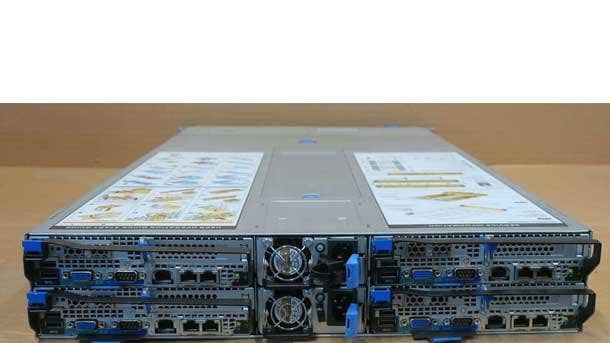
QCT QuantaGrid And QuantaPlex Servers
Quanta Cloud Technology (QCT), a global data center solution provider, is supporting the AMD EPYC 7003 Series processors with AMD 3-D V-Cache technology.
QCT systems leveraging AMD’s new EPYC processors with 3-DV-Cache technology are aimed at helping customers achieve breakthrough performance per core, while offering exceptional energy efficiency and modern security features.
QCT offers a variety of servers ranging from 1U to 3U that support third-gen AMD EPYC processors with 3-D V-Cache technology. QCT QuantaGrid and QuantaPlex Servers can support a variety of configurations that can implement AMD 3D V-Cache technology and are also optimized for various HPC and enterprise workloads.
The QCT QuantaGrid D43K-1U, QuantaPlex S43CA-2U and QuantaGrid D43N-3U are AMD EPYC-based servers built for compute-intensive workloads, with highly configurable I/O slots and flexible storage configurations, tailored to diversified software-defined workloads.
“With our QuantaGrid and QuantaPlex offerings, we are addressing unique needs with third-gen AMD EPYC processors with AMD 3-D V-Cache technology, delivering on our combined advantages of comprehensive designs and breakthrough performance per core, helping our customers to accelerate their product development and lower their TCO,” said Mike Yang, president of QCT, in a statement.
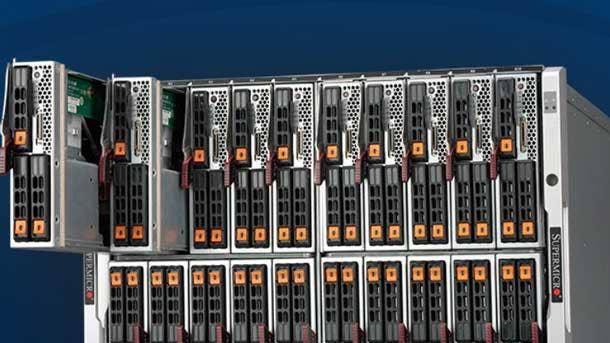
SuperMicro SuperBlade, TwinPro And Ultra Servers
Supermicro said that the high-density, performance-optimized and environmentally friendly SuperBlade, multimode-optimized TwinPro and the dual-processor-optimized Ultra systems will all be supported by third-gen AMD EPYC processors with AMD 3-D V-Cache.
Supermicro said its SuperBlade, TwinPro and Ultra systems will show significant performance improvement when leveraging the new AMD EPYC 7003 Processors with AMD 3-D V-Cache for technical computing applications.
The Supermicro SuperBlade with AMD EPYC 7003 Processors with AMD 3-D V-Cache contains up to 20 CPUs in an 8U chassis, including a network switch built into the chassis. Maximum memory when fully populated is 40 TB in the 8U chassis.
Supermicro’s Twin systems are a multinode platform with up to four servers in a compact 2U rack-mountable enclosure. The Supermicro TwinPro System has flexible storage and networking options and shared cooling and power systems, reducing electricity consumption with high density.
The rackmount Supermicro Ultra servers are traditional 1U or 2U high-performance, dual-processor servers that accommodate a wide range of CPUs, I/O options and large amounts of memory and now are available with the new AMD EPYC 7003 Processors with AMD 3-D V-Cache technology.